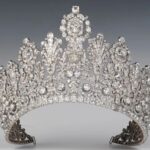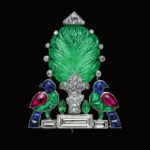Pearls, born from oceans and lakes, are treasures that have captivated people for thousands of years. Not only are they admired for their beauty, but they’re also seen as symbols of wealth and status.
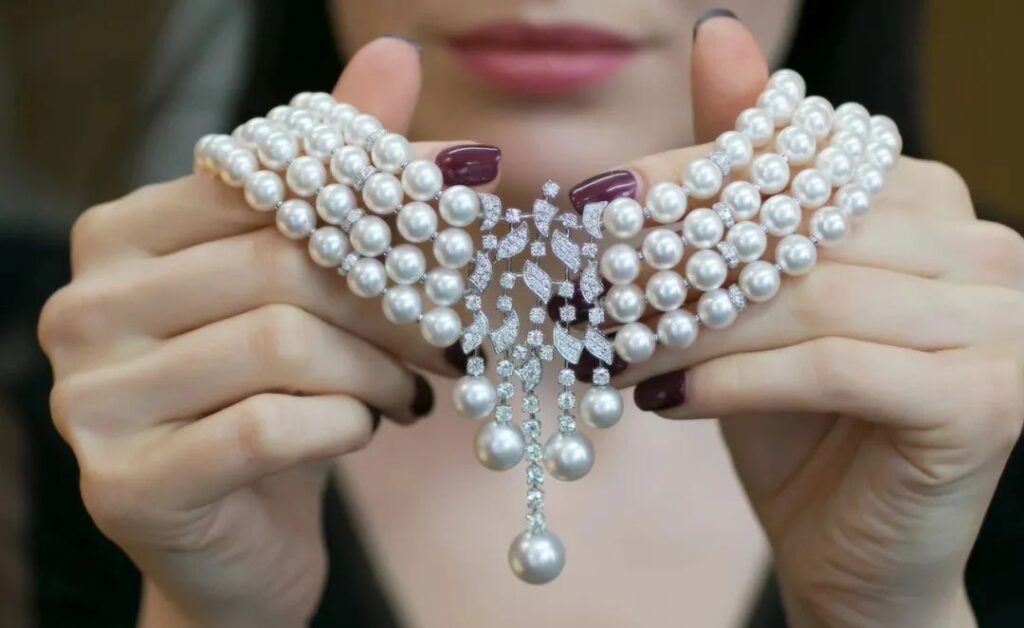
Factors such as size, roundness, luster, flawlessness, and color all affect the quality and price of pearls, making it challenging for many fashion enthusiasts to choose when selecting pearls.
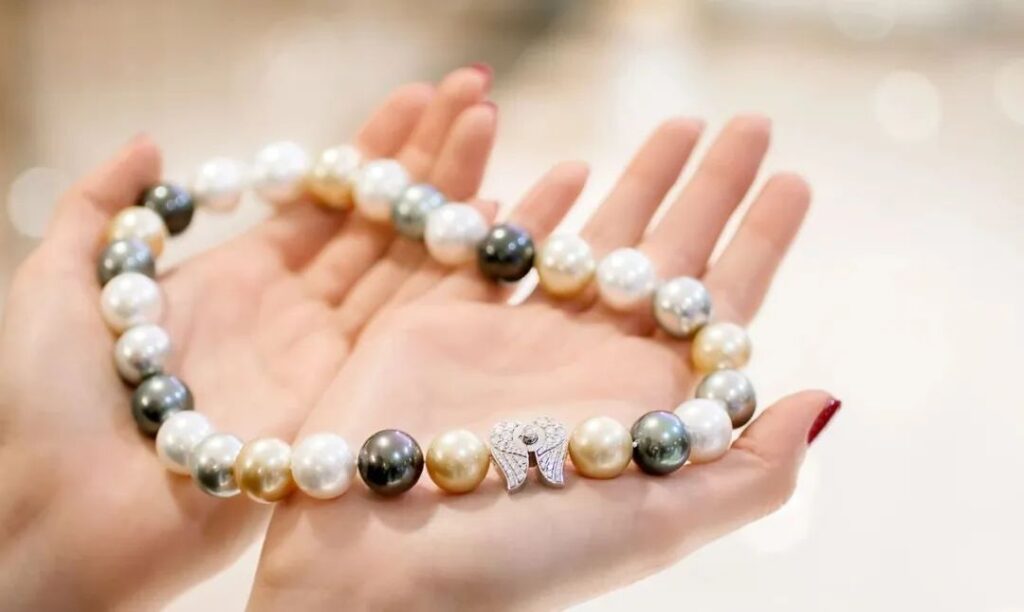
Today, we’ve summarized nine golden rules for buying pearls. We recommend you save this for future reference!
The content is quite extensive, so here’s an outline for you:
- Choose pearls based on your budget
- Luster is the soul
- Check luster in dim light
- Be tolerant of imperfections
- No pearl strand is flawless
- Matching is crucial for pearl strands
- Pearls are consumables
- Beware of extreme price differences
- Avoid destructive testing
01
Choose pearls based on your budget
You get what you pay for, and top-tier jewelry pieces come with top-tier prices. Therefore, it’s best to have a rough budget range in mind before purchasing jewelry. The ideal jewelry is one that you love and fits within your budget.
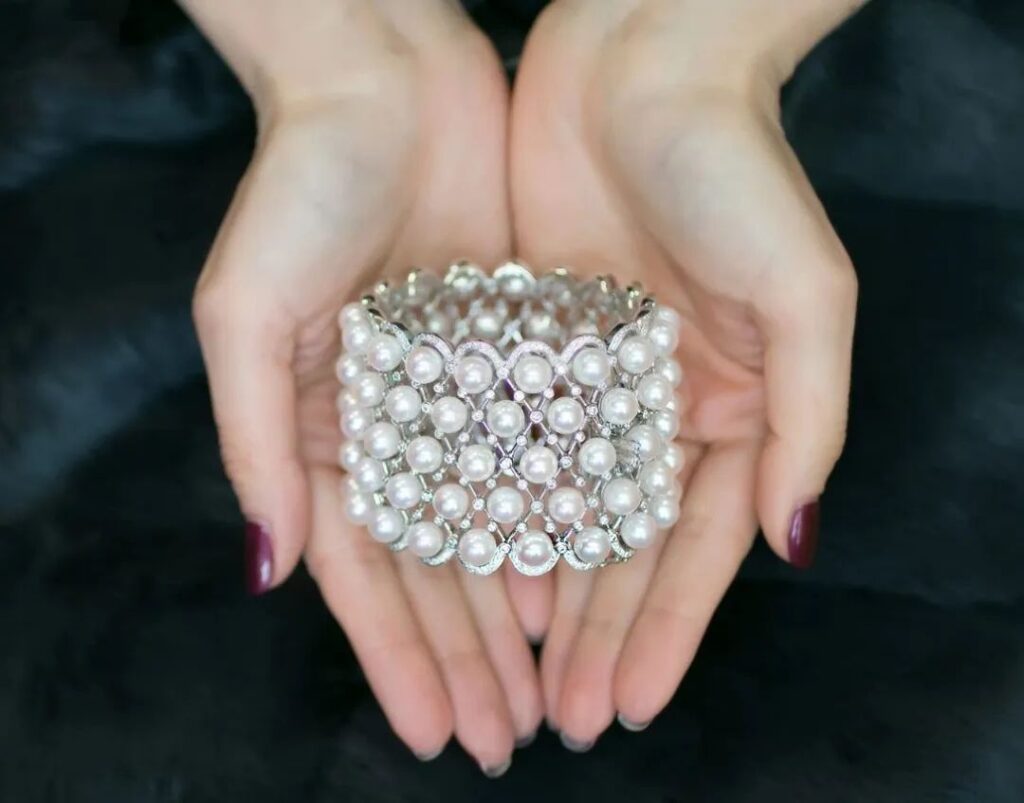
If you have a generous budget and prefer smaller pearls, we recommend Japanese Akoya saltwater pearls, known as “little light bulbs.” They typically range from 3mm to 9mm in size and have a very bright luster. They’re mainly white (often with warm undertones) but also come in silver-blue, silver-gray, light gold, and other colors. Akoya pearl jewelry usually starts from around a thousand yuan to tens of thousands.
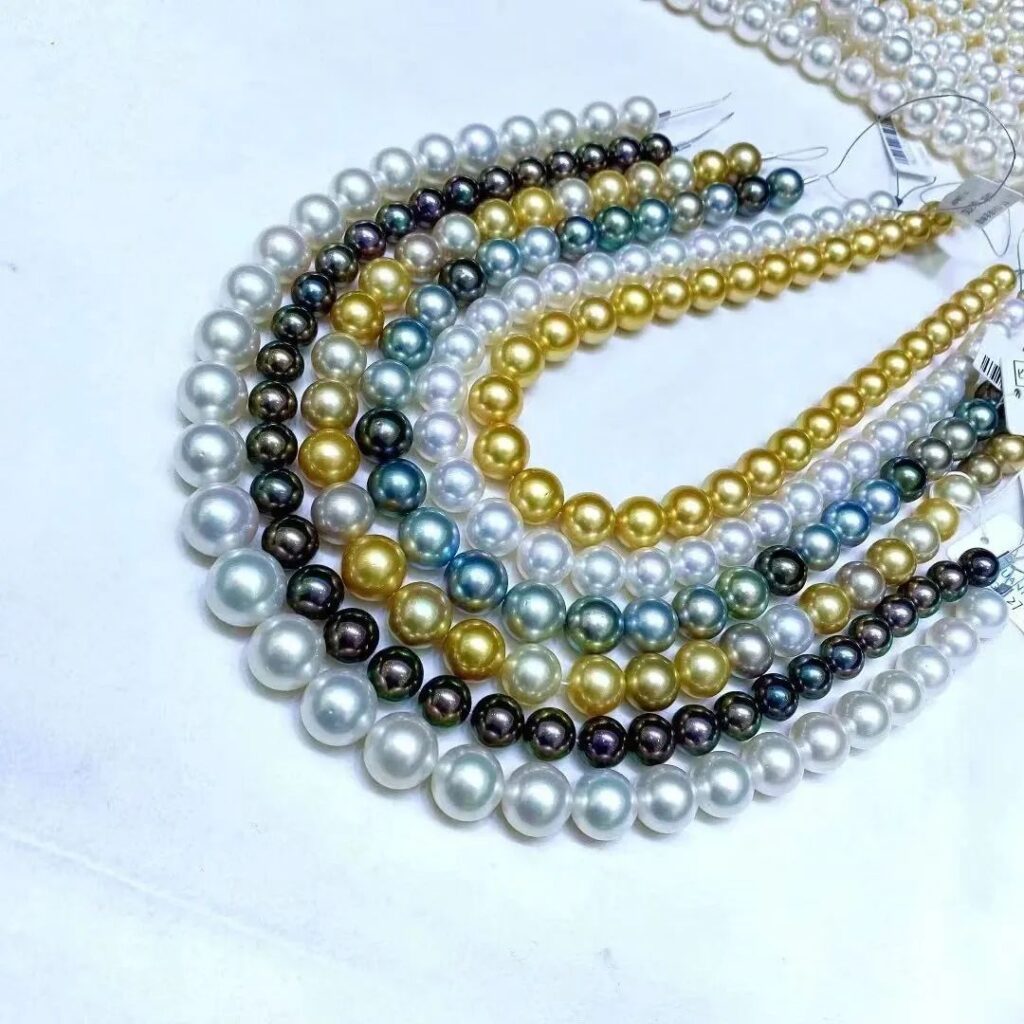
If you have a generous budget and prefer larger pearls, we recommend the plump and round South Sea white pearls (white), South Sea golden pearls (golden), Tahitian pearls (black-gray), and Mabe pearls (mostly white/blue-green/caramel).
These are all saltwater pearls, typically ranging from 9 to 16mm (Mabe pearls can exceed 20mm). They have thick nacre and a rich luster. High-quality jewelry made with these pearls usually starts from $500 to five or six figures.
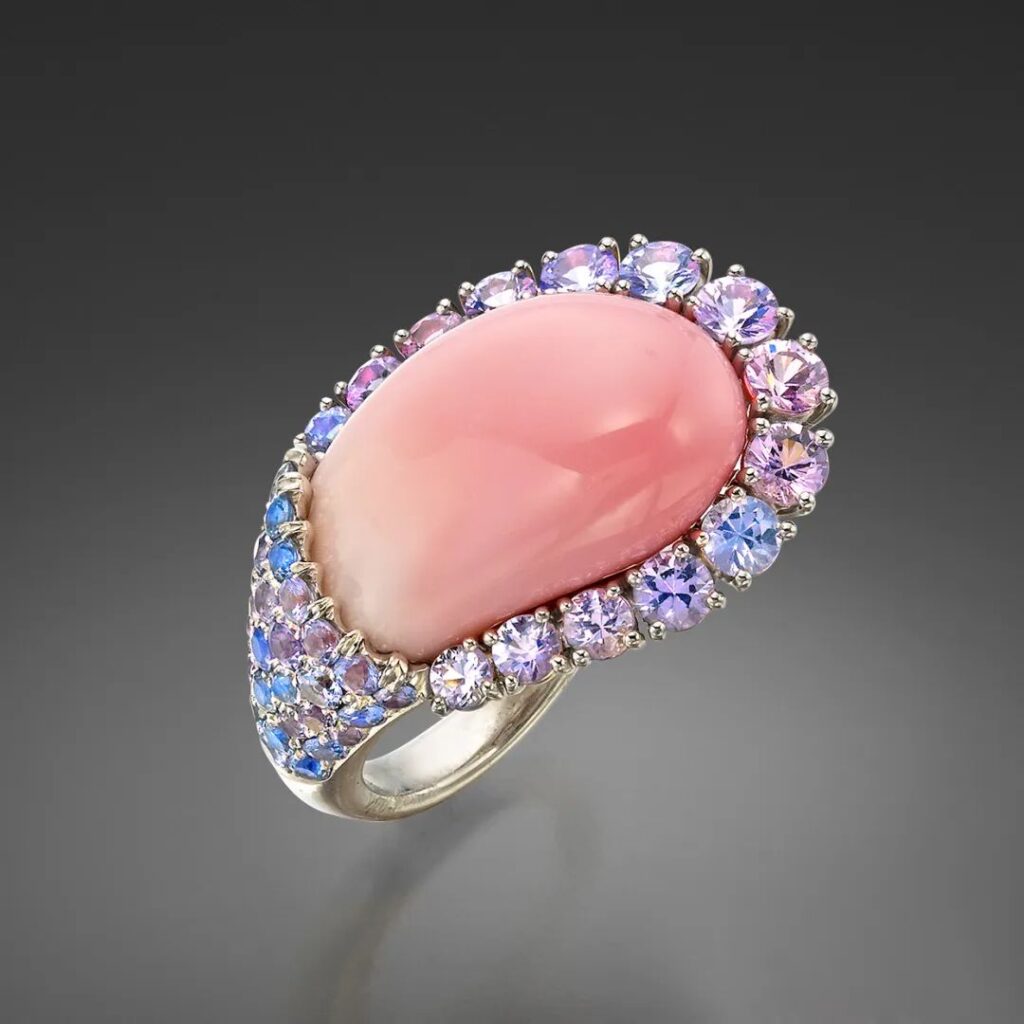
If you have a very generous budget and like truly rare treasures, we recommend the “Queen of the Sea” – conch pearls. Conch pearl jewelry usually starts from $2,000 to six figures.
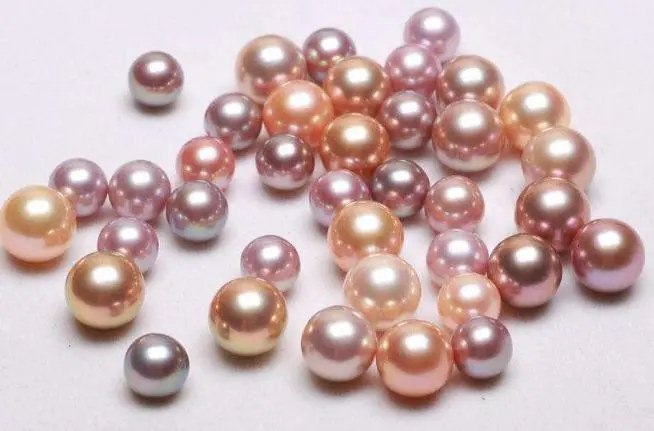
If you have a limited budget, you can still own beautiful pearls. You can choose Chinese freshwater pearls with good roundness and luster. Jewelry made with these usually starts from two-digit prices to four figures. Edison pearls, a type of freshwater pearl with high roundness and vibrant colors (including white, purple, and orange), are quite popular.
If your budget is extremely generous and you like all types of pearls, we recommend going all in.
02
Luster is the soul
After determining your budget, it’s time to select beautiful pearls. As the saying goes, “pearls radiate elegance,” indicating that the charm of pearls is mainly reflected in their luster!
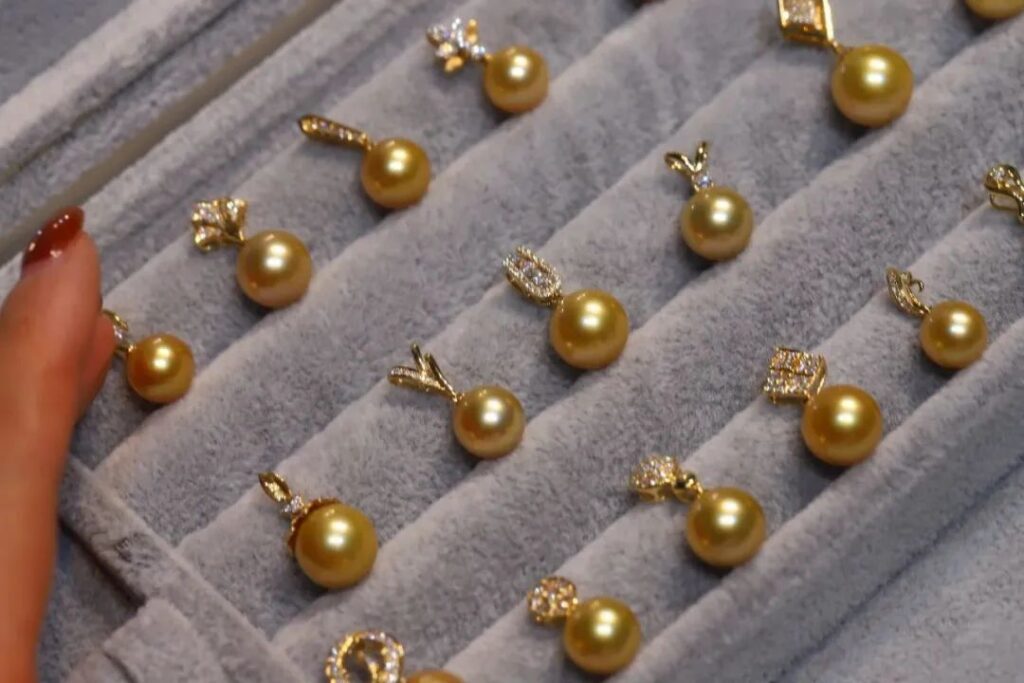
Luster refers to the sheen of a pearl, also known as the surface luster. It indicates the intensity of light reflection on the pearl’s surface and the clarity of the reflected image.

A pearl with weak luster appears to be covered with a layer of burlap, looking dull and lackluster. Even if it’s large and round, it lacks the beauty of a jewel. Conversely, a pearl may not be perfectly round and may have flaws, but if its luster is beautiful, looking as bright as a mirror or as lustrous as silk, it can still be a stunning treasure.
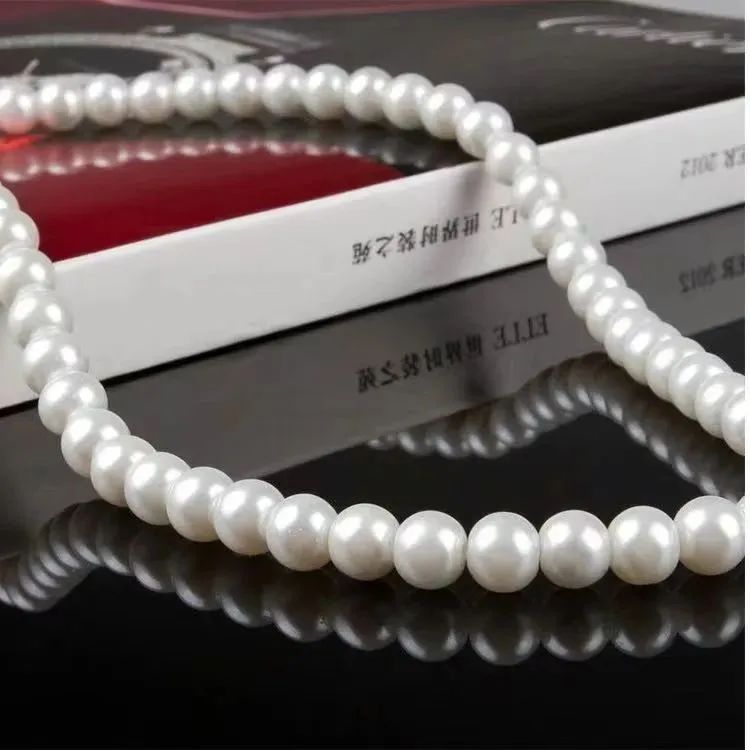
For consumers unfamiliar with pearls, it can be difficult to accurately distinguish pearl luster at first. Some might even think that fake pearls have a “brighter” luster. However, upon careful observation, you’ll notice that the luster produced by the coating on fake pearls is very uniform and rigid, as if floating on the surface, direct and fragile, commonly referred to as “thief’s light.”
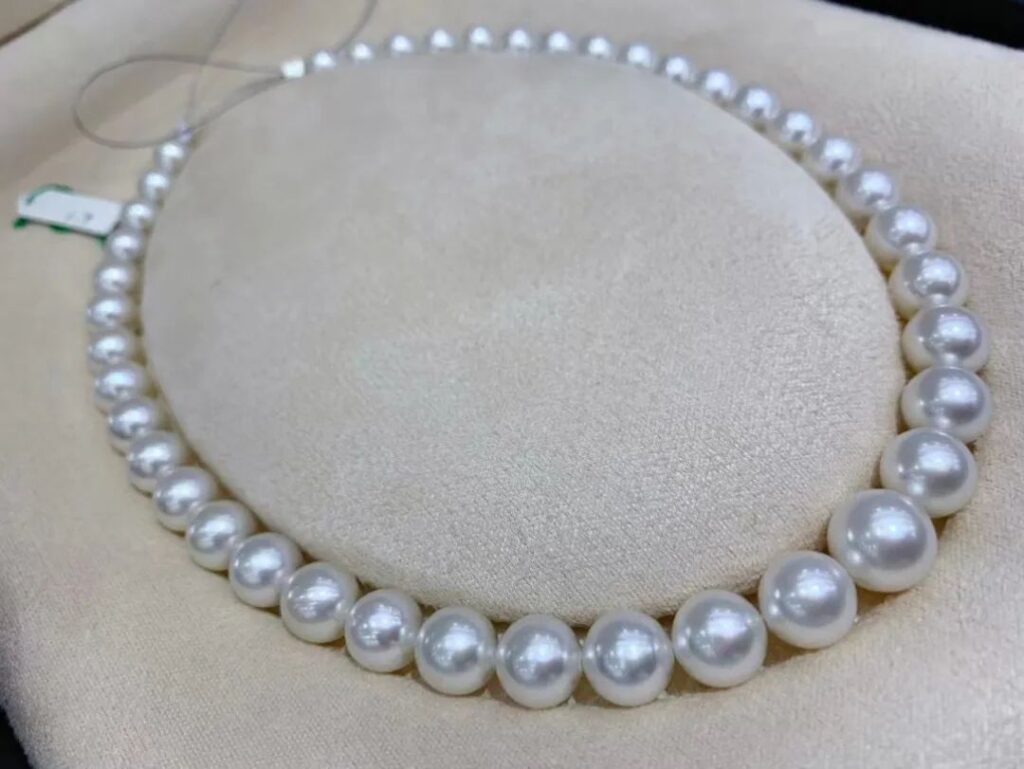
The luster of real pearls (including cultured and wild pearls) is a subtle, soft glow that appears to emanate from within, resulting from multiple reflections of light between the pearl layers.
Simply put: the luster of a real pearl is like a person with a healthy, rosy complexion; the luster of a fake pearl is like a mannequin with a stark white, reflective face. Although both are white, the overall appearance is quite different.
03
Check luster in dim light
How can we determine the strength of a pearl’s luster?
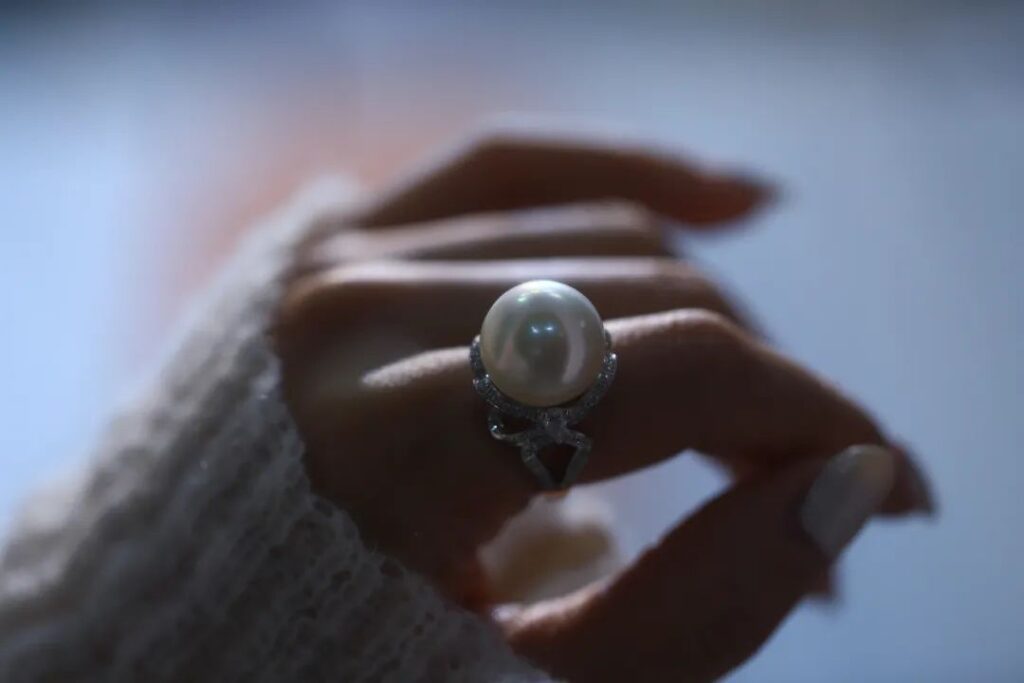
Here’s a simple method. In a backlit or indirectly lit environment (what we often call “checking luster in dim light”), use the pearl as a mirror and observe the clarity of the reflected image:
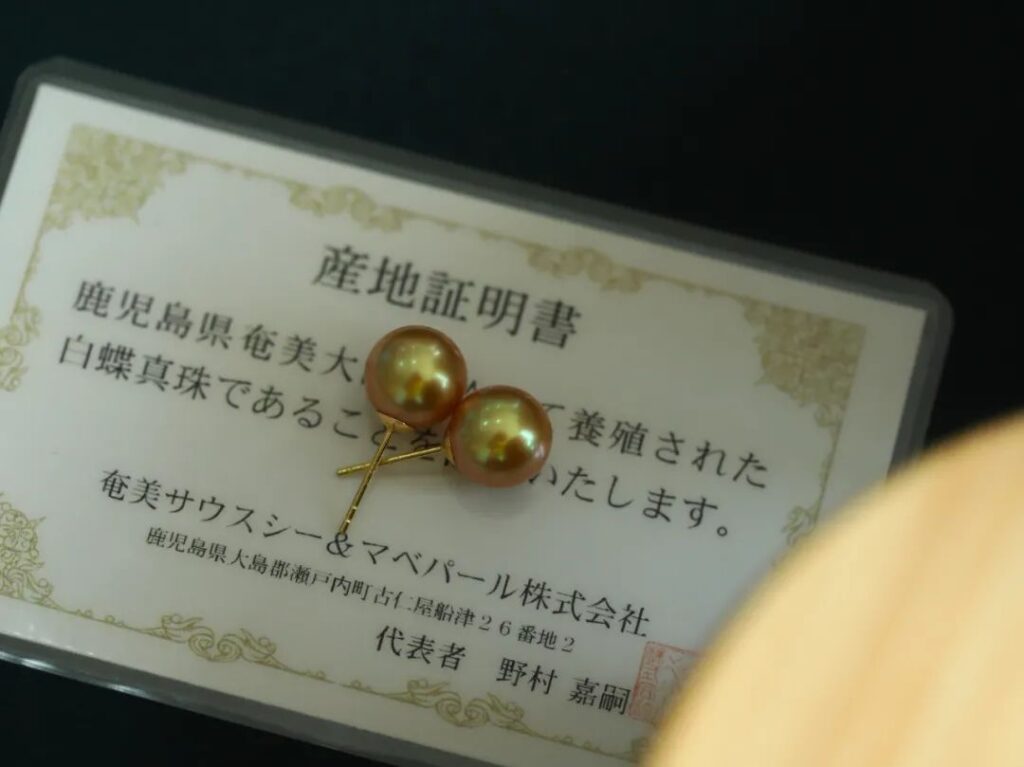
If the reflection is bright and clear, the pearl’s luster is excellent, and we recommend purchasing it.
If the reflection is relatively clear, the pearl’s luster is very good, and we recommend purchasing it.
If the reflection is somewhat hazy, the pearl’s luster is average. Consider factors like roundness, diameter, flaws, and price. If it’s a good deal, you may consider buying it.
If the reflection is very blurry, we don’t recommend purchasing it, even if it’s large and round.
04
Be tolerant of imperfections
The saying “no flaw, no pearl” refers to the natural marks like dents, bumps, and wrinkles formed on a pearl’s surface during its growth process due to various factors. These are called the pearl’s “dimples” and are considered the signature of Mother Nature on her masterpiece.
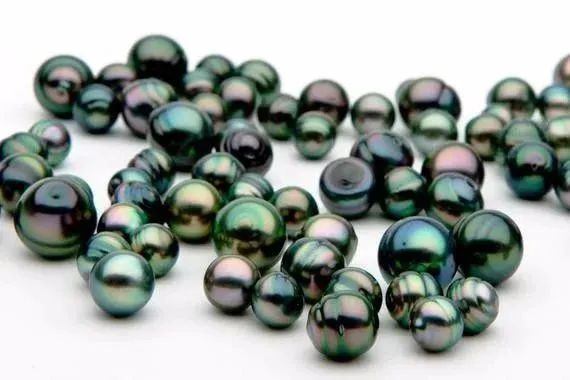
If these marks are excessive, they can affect the pearl’s luster to some extent and are thus considered flaws. However, in nature’s creations, the more perfect something is, the rarer and more expensive it becomes.
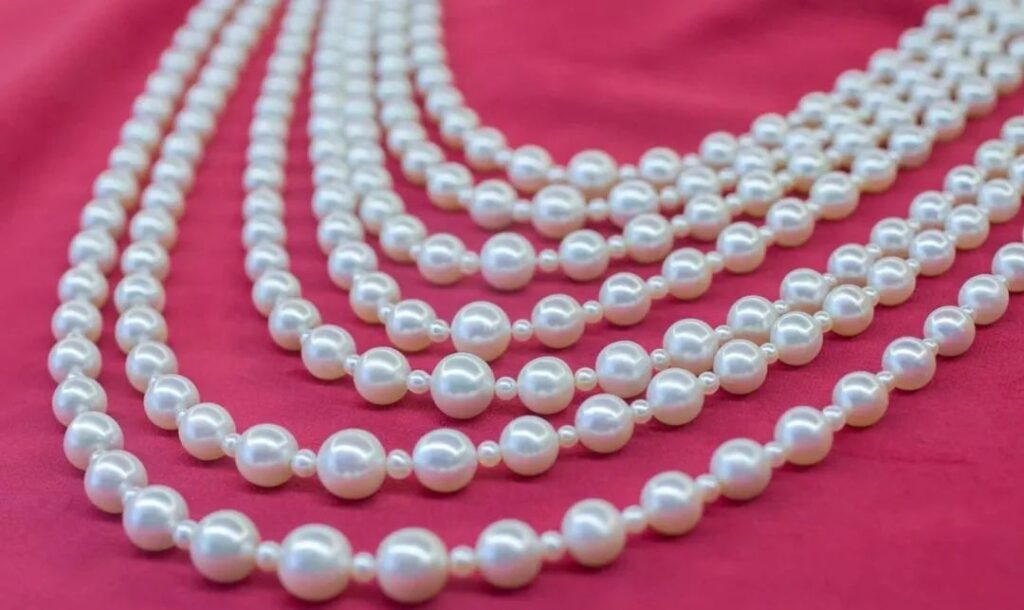
If your budget allows, choose pearls with few or no flaws. If you have a limited budget, you can be more tolerant of minor flaws as long as the luster is good.
In most cases, slight imperfections are unavoidable, so we need to be somewhat accepting and focus on the luster. After all, flaws are hardly noticeable when wearing the pearl. We shouldn’t scrutinize pearls with a magnifying glass-like gaze looking for flaws. This way, we can own the pearls we desire now without compromising overall beauty when wearing them.
05
No pearl strand is flawless
Some perfectionists aim for flawless pearl necklaces (strands), which is understandable. However, the truth is: there’s no such thing as a flawless pearl strand!
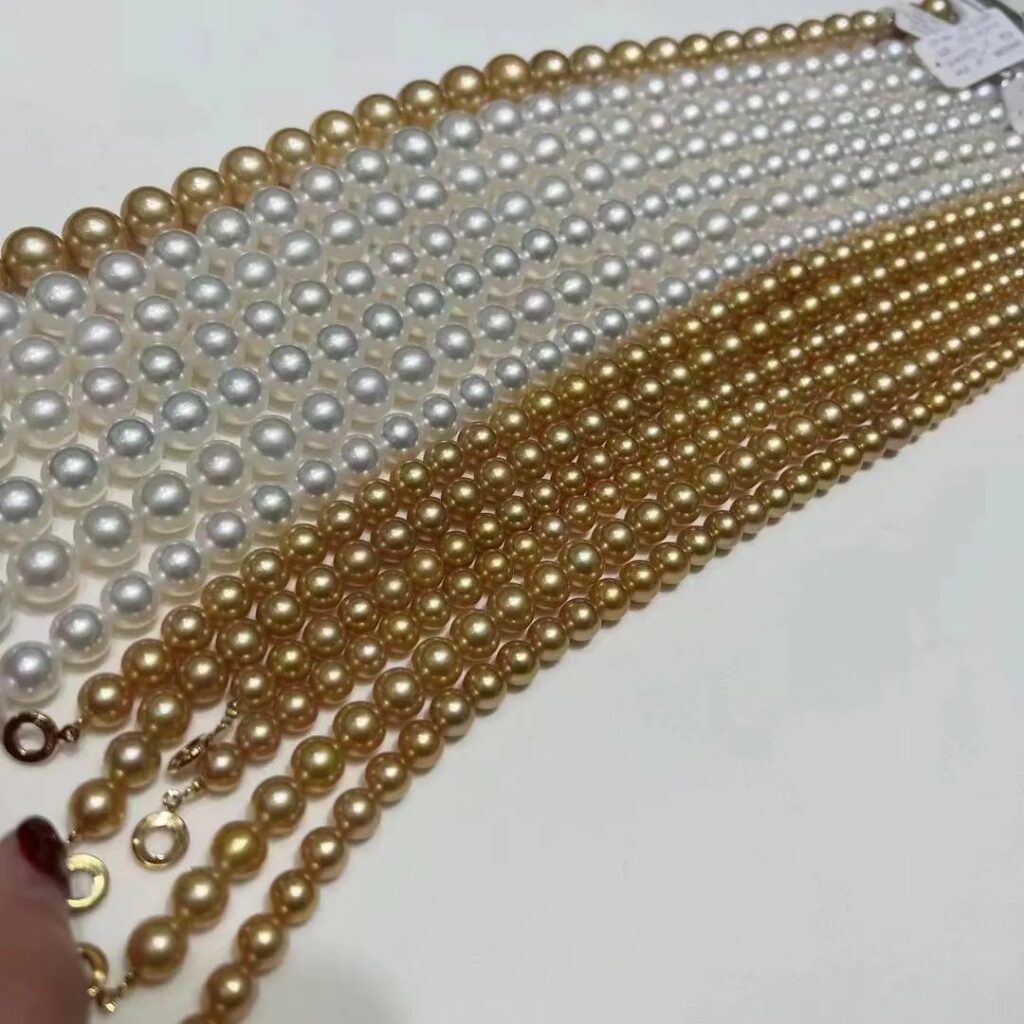
The key to a pearl strand lies in the matching between the pearls (more on this in the next section). When importing pearl strands from overseas, the concept of “flawless” doesn’t exist. Even in international luxury pearl brand boutiques, you won’t find strictly flawless pearl strands.
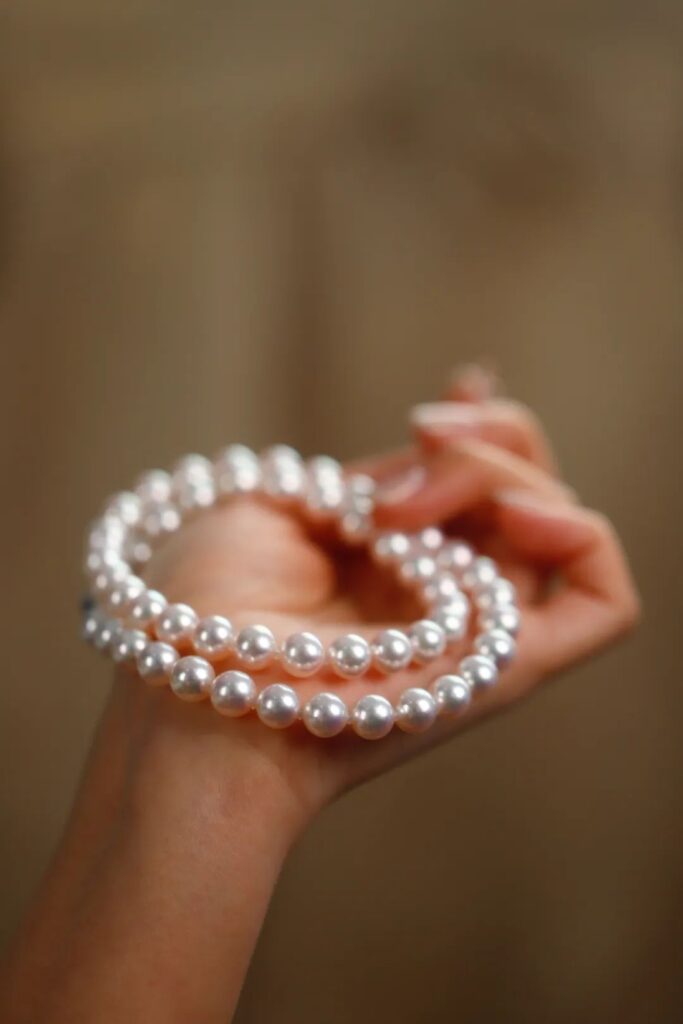
Seasoned jewelry enthusiasts are surely familiar with “Tennyo pearls” and “specially selected pearls.” These are top-tier pearls evaluated/selected by the Japan Pearl Science Laboratory (JPSL) and the Pearl Export Promotion Council of Japan (PEPCA), respectively.

Taking the “Tennyo pearls” strand in the image above as an example, on its certificate, under the “Imperfection & Surface” category, the highest grade is “slight” imperfection. There’s no “flawless” option. Even for the rare “specially selected pearl” strands, if we look carefully, we can find a small number of growth marks with the naked eye.
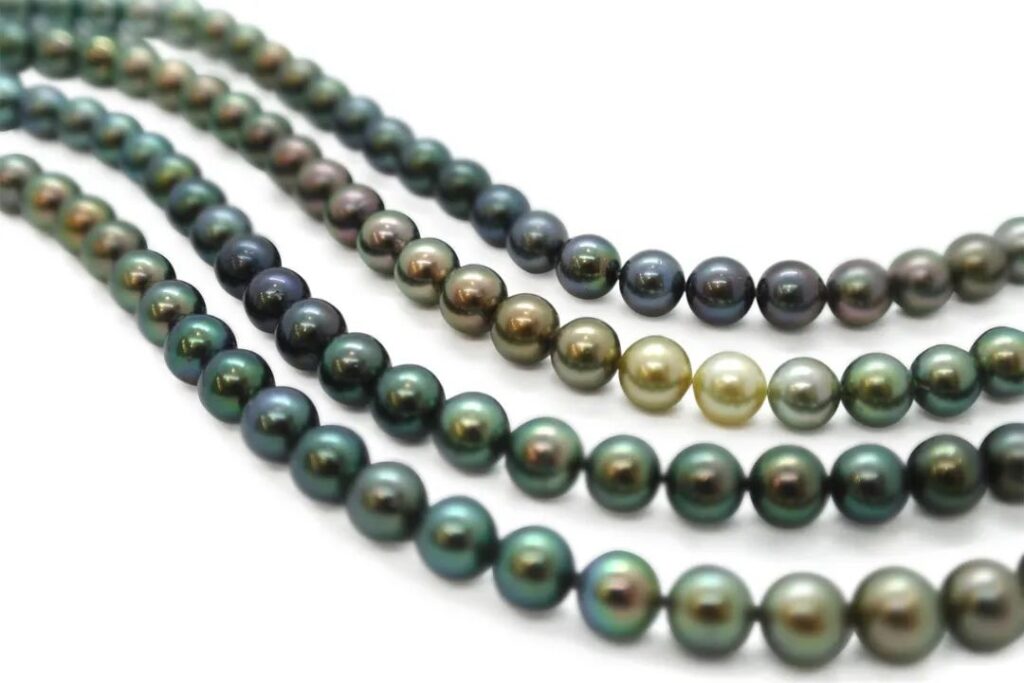
It’s clear how incredibly rare a truly flawless pearl strand would be. Therefore, don’t obsess over minor flaws in pearl strands. Focus on the luster and matching instead. As long as it looks great when worn, that’s what matters. At normal social distances, others won’t notice the tiny imperfections in your pearl strand.
So, are there really no completely flawless pearl strands?
Firstly, single pearls that appear flawless to the naked eye are prioritized by sellers for use in pendants or rings. This is standard practice across the international industry.
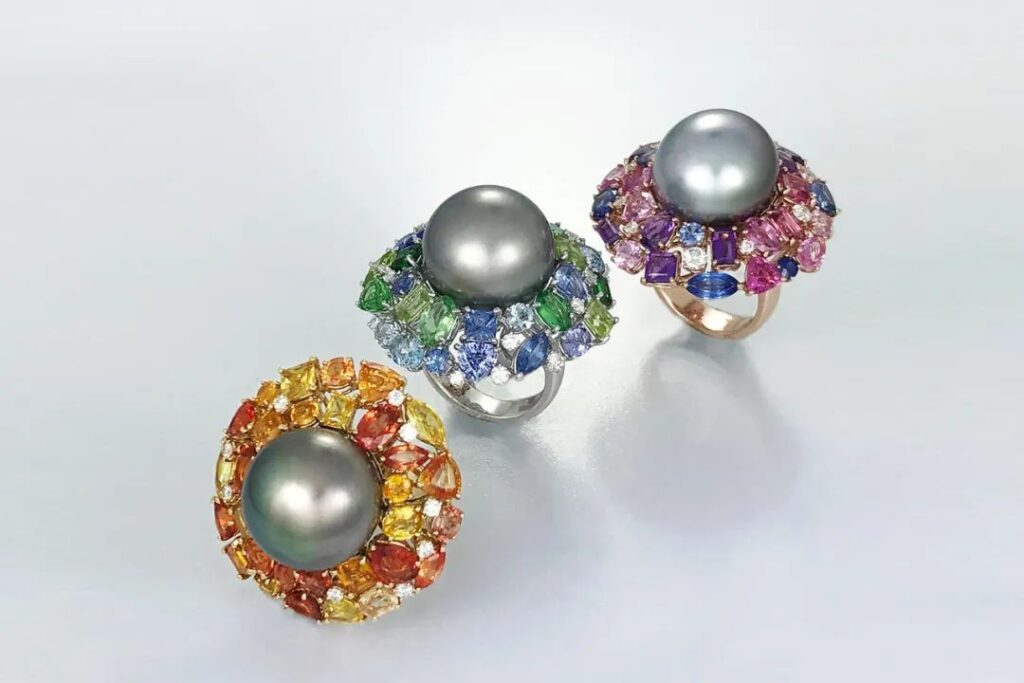
Secondly, if your life’s dream is to own a flawless pearl strand, it’s not impossible, but you’d need a jeweler to collect pearls one by one, which is extremely time-consuming and expensive. Whether it can be achieved is another matter.
Many sellers may be unwilling or afraid to take such an order because, while customers with such demands are valuable, their level of pickiness is extraordinary. If the after-sales service doesn’t meet expectations, it can be very troublesome for the seller.
06
Matching is crucial for pearl strands
Pearls produced by nature’s incredible craftsmanship each have subtle differences. To assemble a high-quality pearl strand, not only do the pearls need to be very close or identical in size, but they also need to be very similar in luster, roundness, degree of imperfection, color, and overtone. The differences between the pearls should be minimized – there shouldn’t be any that stand out as particularly beautiful or notably inferior.
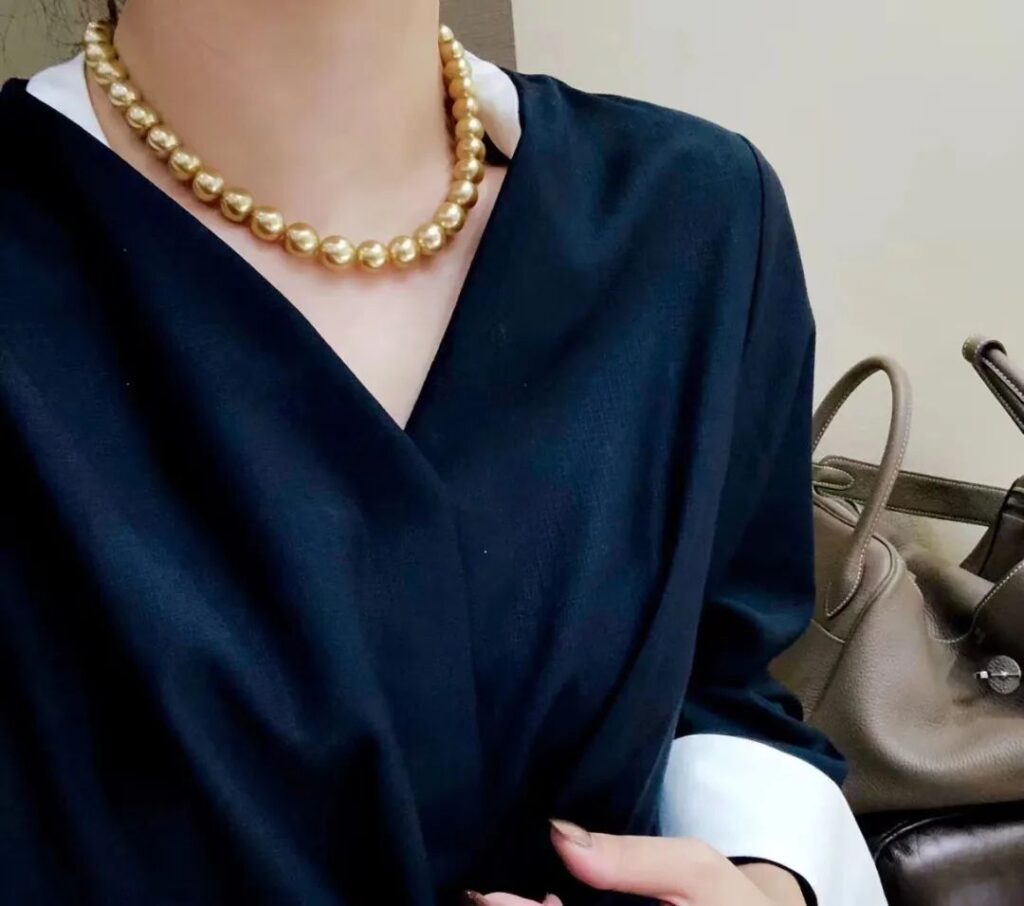
This also applies to baroque pearl strands. Even though each pearl has a unique shape, they still need to follow the same principles of matching luster and overtone.
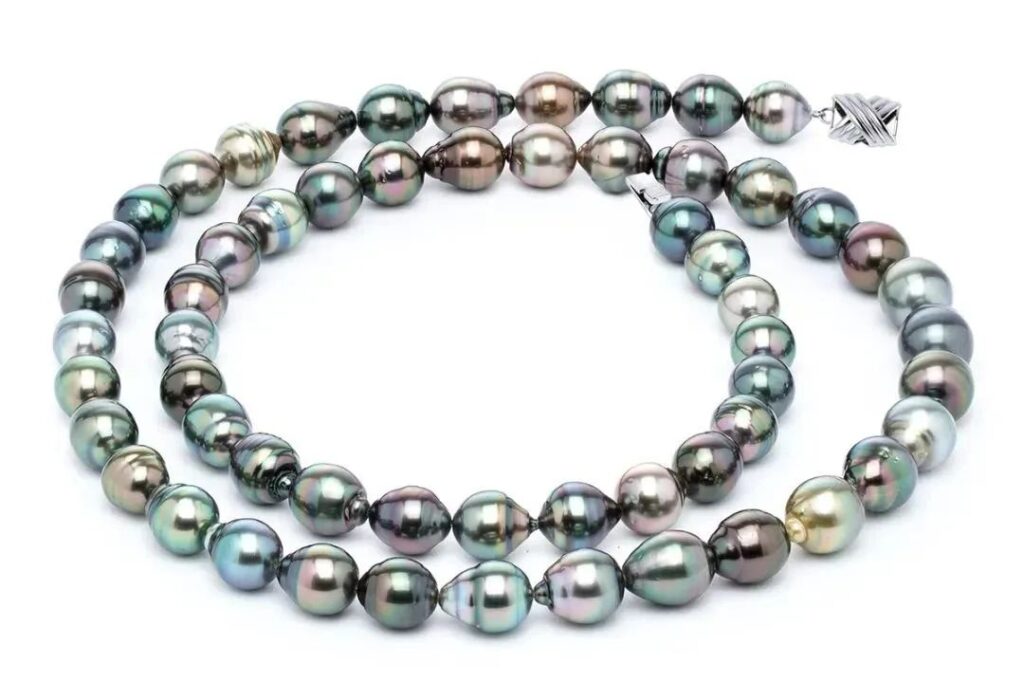
Meeting these conditions alone requires selecting and accumulating enough pearls for a strand from hundreds, thousands, or even tens of thousands of pearls, a process that can take days, months, or even years.
07
Pearls are consumable items
Fashion enthusiasts who love pearls may notice that after wearing them for a while, the luster begins to fade, and they may even turn yellow, crack, or peel. Is this normal?

First, let’s state the conclusion: High-quality pearls, coupled with careful daily maintenance, can retain their luster for many years, looking as new as ever. Low-quality pearls, or those not properly cared for, may experience the aforementioned issues.
This is because pearls are relatively delicate, consumable gemstones.
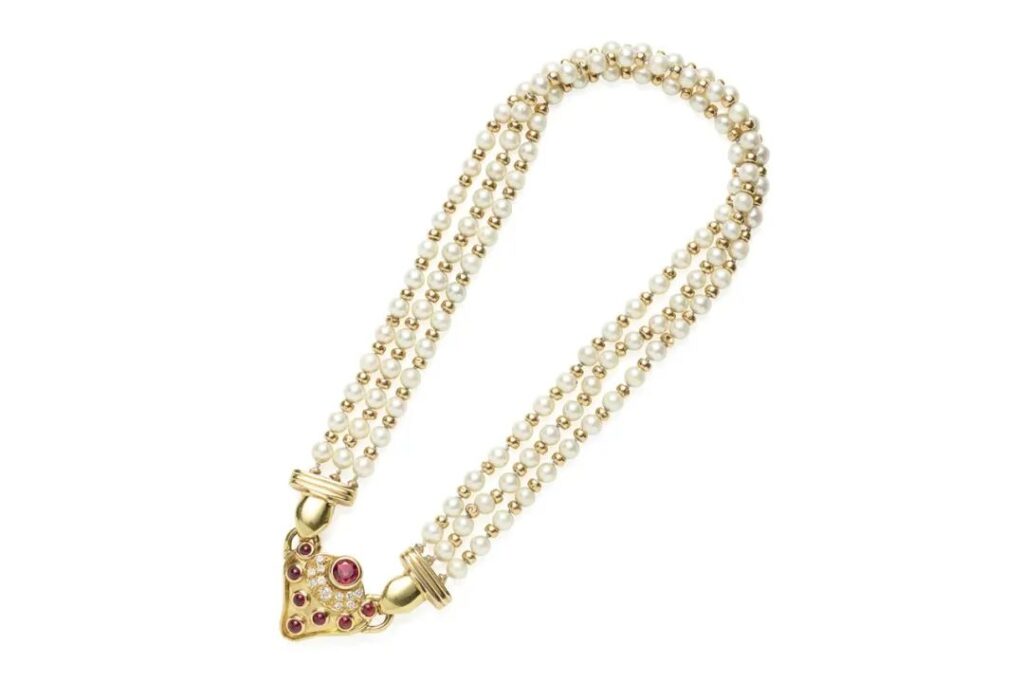
The components of pearls may undergo chemical reactions after prolonged exposure to air, high temperatures, cosmetics, or water-containing substances, resulting in yellowing or dulling. Even the pearls worn by queens and empresses around the world will yellow over time.
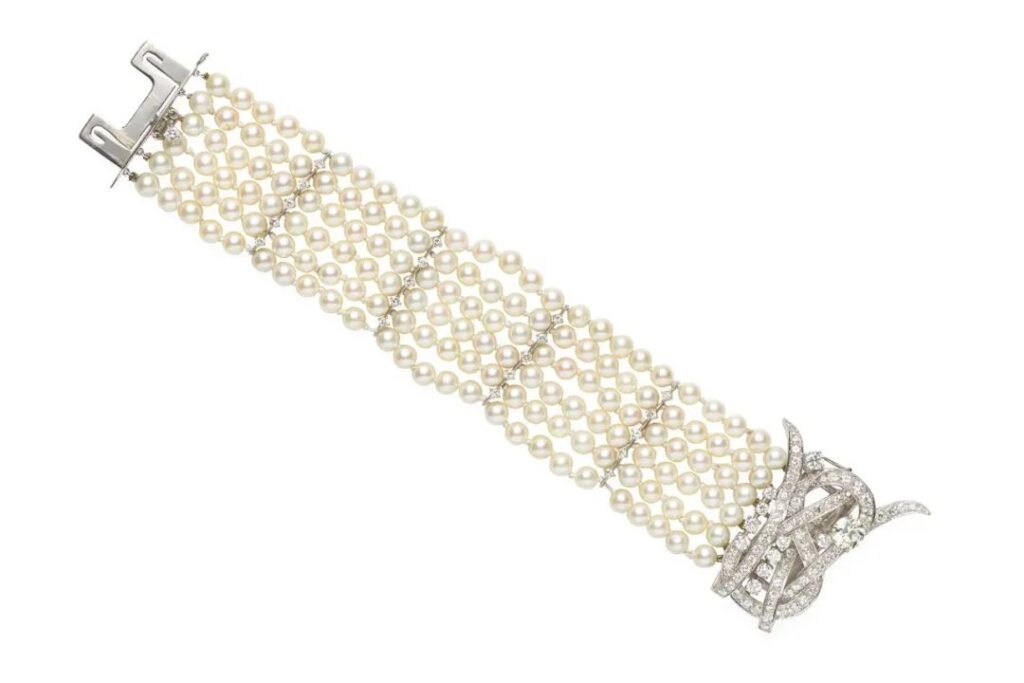
However, don’t let this deter you from pearls. The enjoyment of their beauty is already a wonderful and pleasurable process. In daily life, avoid wearing pearls while bathing, exercising (sweating), sleeping, cooking, or in direct sunlight. If your pearls come into contact with a lot of sweat or personal care products, promptly rinse them with clean water and dry them with a soft cloth. Trust me, your pearls will remain fresh for many years.
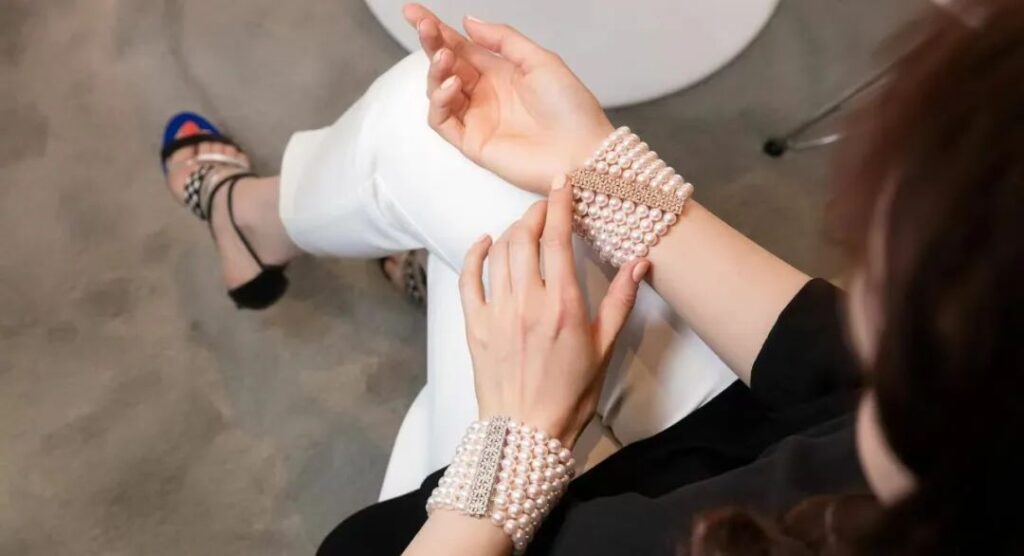
08
Beware of suspiciously large price differences
For instance, if a 13mm Australian white pearl necklace is priced at only $300, it’s clearly suspicious. It’s likely to be white Edison pearls masquerading as South Sea pearls. Regular consumers shouldn’t have a “bargain hunting” mentality, as they are unlikely to know more about pearls than professional pearl dealers. If consumers are unfamiliar with these two types of pearls, they can easily fall victim to unscrupulous sellers.
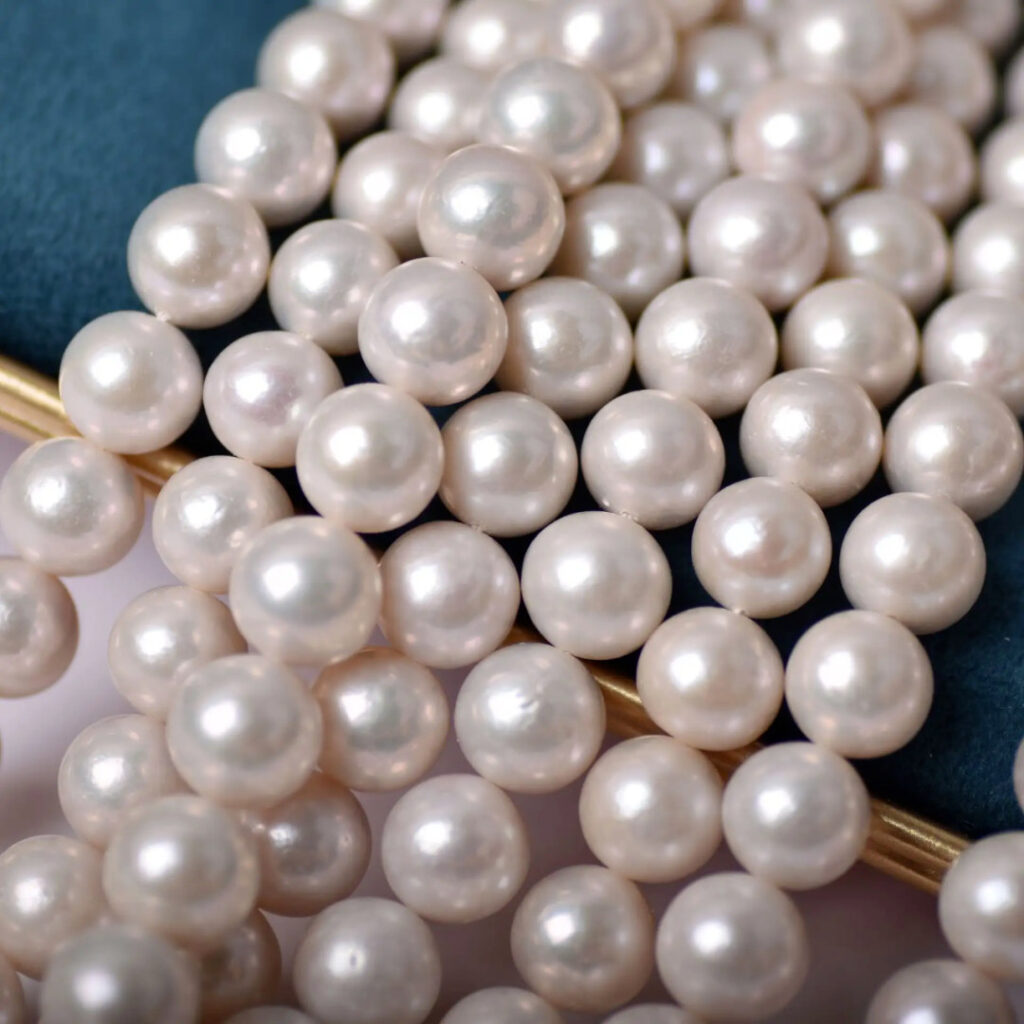
The main scenarios where consumers buy seemingly high-value pearls at low prices are: freshwater pearls being passed off as saltwater pearls, or dyed pearls being sold as natural pearls.
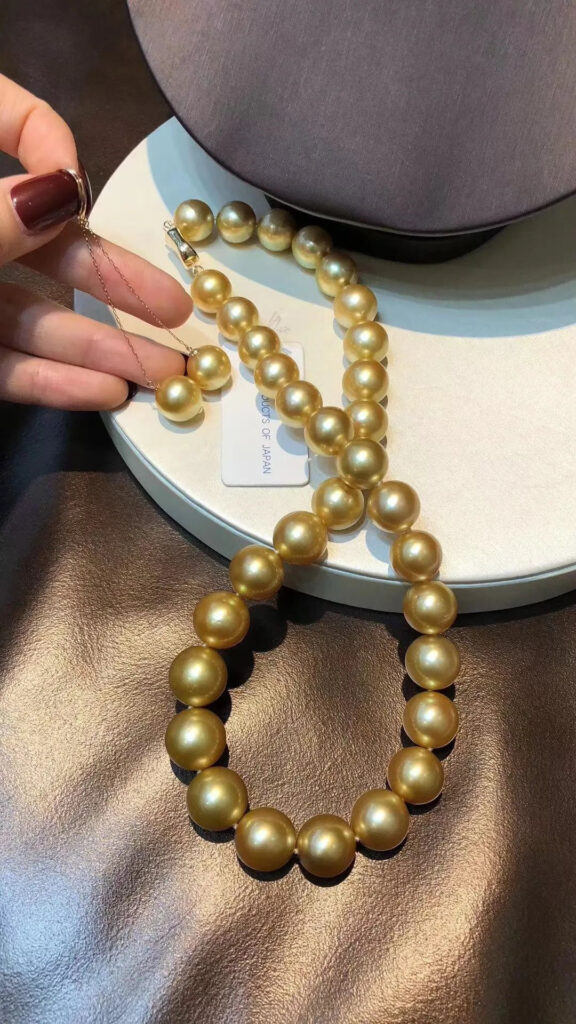
When purchasing pearls, try to look at and compare many options. Have a general idea of the appropriate price range for pearls. Don’t rush to buy just because you see a cheap so-called “great deal,” only to find out later that you’ve bought a counterfeit product.
09
Avoid destructive testing methods
If you suspect your pearls are fake, how can you tell?

It’s recommended to have them re-examined at a reputable jewelry inspection institution.
Never rashly perform destructive tests on pearls such as “needle pricking,” “scraping pearl powder,” “rubbing against other objects,” or “soaking in chemical reagents.” If the pearls are genuine, these methods will damage them, affecting their value and appearance.
If the pearls are fake, the seller might still insist on using official appraisal results for refunds, or refuse a refund on the grounds that “the pearls have been damaged.” Even if you eventually succeed in getting a refund, you’ll have created unnecessary trouble for yourself.
9 Golden Rules for Buying Pearls: A Must-Read Guide!
Tweet
